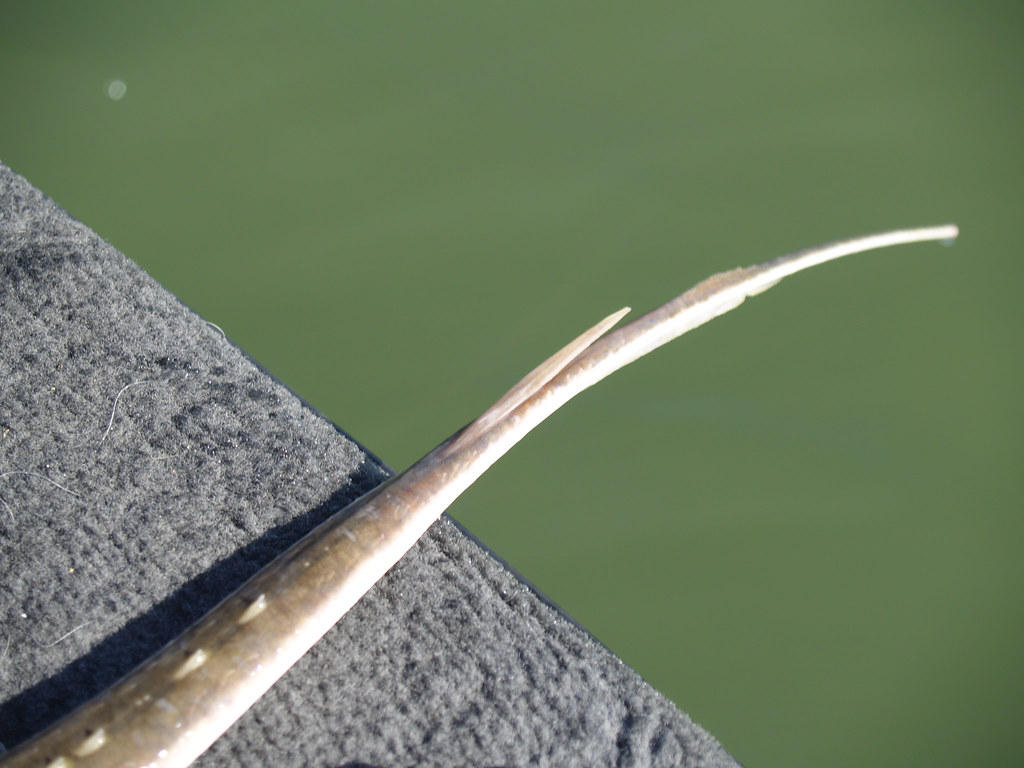The sting ray barb is a fascinating and often misunderstood feature of stingrays, a group of flat-bodied fish known for their unique adaptations and behaviors. In this article, we will delve into the intricacies of sting ray barbs, exploring their anatomy, function, and the risks they pose to humans and marine life. This comprehensive guide is designed to inform and educate readers about these remarkable creatures and the biological significance of their barbs.
The sting ray barb has garnered attention not only for its role in the stingray's defense mechanism but also for its implications in marine ecology and human interaction with these animals. By understanding the biology and behavior of stingrays, we can foster a greater appreciation for them and promote safer interactions in their natural habitat. This article will break down essential information regarding sting ray barbs, making it accessible for both enthusiasts and those seeking to learn more about marine life.
As we navigate through this article, we will provide insights into the anatomy of stingray barbs, common species, and the importance of respecting their environment. Whether you are a marine biologist, a fisherman, or simply a curious reader, we hope to provide you with valuable knowledge about sting rays and their barbs.
Table of Contents
- What is a Sting Ray Barb?
- Anatomy of Sting Ray Barbs
- Function of Sting Ray Barbs
- Species of Stingrays
- Stingray Barb Injuries: Risks and First Aid
- Staying Safe Around Stingrays
- Conservation of Stingrays
- Conclusion
What is a Sting Ray Barb?
A sting ray barb is a sharp, pointed structure found in many species of stingrays. These barbs are modified dermal denticles, which are small, tooth-like structures that cover the skin of many fish. The barb serves as a defense mechanism against predators and is capable of delivering a painful sting. Understanding the nature of sting ray barbs is crucial for anyone who interacts with these creatures.
Anatomy of Sting Ray Barbs
The anatomy of a sting ray barb is quite specialized. Here are some key features:
- Composition: Sting ray barbs are primarily made of keratin, the same substance found in human hair and nails.
- Location: Barbs are located on the tail of the stingray, usually near the base.
- Structure: The barb is often serrated, which enhances its ability to penetrate the skin of predators or threats.
Subheading: Variations in Barb Structure
Different species of stingrays exhibit variations in barb structure, which can affect their functionality and the severity of injuries they may cause. Some species have longer, more robust barbs, while others may have smaller, less intimidating ones.
Function of Sting Ray Barbs
The primary function of sting ray barbs is defensive. When threatened, a stingray can whip its tail and use the barb to inflict injury on a predator or an unsuspecting human. This defense mechanism is crucial for the survival of stingrays in the wild.
Subheading: Defense Mechanism
Sting rays typically rely on camouflage and their ability to hide in the sand or mud. However, if these strategies fail, the barb serves as a last line of defense.
Species of Stingrays
There are over 200 species of stingrays, and each has distinct characteristics and habitats. Here are some notable species:
- Southern Stingray (Dasyatis americana): Commonly found in shallow waters of the Atlantic Ocean.
- Spotted Eagle Ray (Aetobatus narinari): Recognizable by its spotted pattern; often seen in coastal waters.
- Blue Spotted Stingray (Dasyatis kuhlii): Known for its vibrant blue spots and found in the Indo-Pacific region.
Stingray Barb Injuries: Risks and First Aid
Injuries from sting ray barbs can range from mild to severe, depending on the depth and location of the sting. Here’s what you need to know:
- Symptoms: Pain, swelling, and bruising at the site of the sting.
- First Aid: Immerse the injured area in hot water to alleviate pain, and seek medical attention for severe cases.
Staying Safe Around Stingrays
When enjoying the ocean or coastal areas, it's essential to be aware of stingrays and how to avoid injury. Here are some tips:
- Shuffling Feet: When walking in shallow waters, shuffle your feet to avoid stepping directly on a stingray.
- Avoiding Areas with Low Visibility: Be cautious in murky waters where stingrays may be hiding.
Conservation of Stingrays
Stingrays play an important role in marine ecosystems, and conservation efforts are necessary to protect them from overfishing and habitat loss. Here are some conservation strategies:
- Habitat Protection: Safeguarding coastal habitats where stingrays thrive helps maintain healthy populations.
- Public Education: Raising awareness about the importance of stingrays can lead to more responsible behavior by beachgoers and fishermen.
Conclusion
In summary, the sting ray barb is a remarkable adaptation that serves as a defense mechanism for stingrays. By understanding their anatomy, function, and the risks associated with them, we can foster a greater appreciation for these unique marine creatures. We encourage readers to share their thoughts and experiences in the comments below and to explore more articles about marine life on our site.
Thank you for reading! We hope this guide has provided valuable insights into the world of sting rays and their barbs. Please feel free to return for more informative content on marine biology and conservation.

/stingray-barb-Dave-Fleetham--Design-Pics-Perspectives-Getty-56a5f7a83df78cf7728abf19.jpg)
